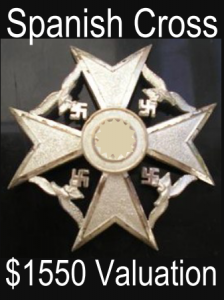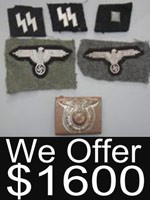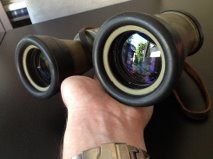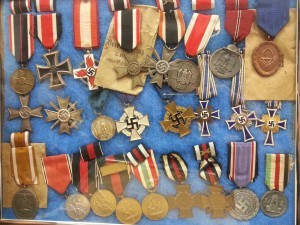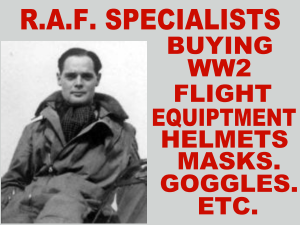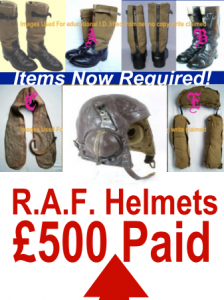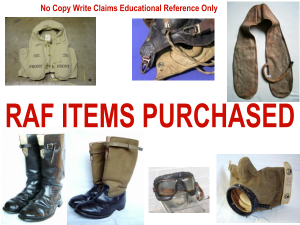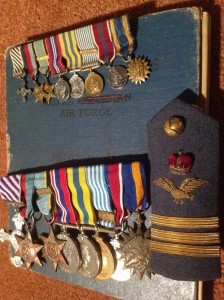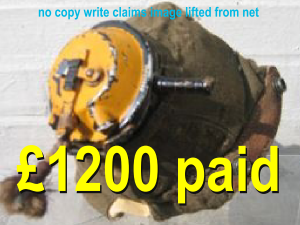Buyers of WW2 Helmets
Welcome to WW2Buyer.com
David Mattey of
WW2Buyer.com
is a conscientious dealer with over 40 years experience in the purchase and sale of Medals ,Decorations , Arms and Militaria.
David who has worked from his high street premises for the last twenty years acts as buyer to city investment groups ,Advanced collectors and the premier specialist websites.
David believes that investors are happy to pay a premium for expertise, research and unconditionally guaranteed exhibits.
WW2Buyer.com are engaged in the purchase of Allied And Axis Uniforms ,Daggers,Medals, Awards, Orders, Decorations and associated “Militaria.
If you believe you have already obtained a fair offer David welcomes the opportunity of offering a confidential second opinion.
Call or e-mail davidmatteybuyer@gmail.com today for free advice and valuations. please feel free to use the contact form provided.
Our offers and valuations both free of charge and confidential.
If you have by your own research, established an asking price or obtained bids from other parties.
Please include offers in your communications.
WW2Buyer.com are not in the business of haggling if we can see modest margin we will advance payment today.
Before consigning militaria for sale by auction please be aware that 35%-44% of the total paid by the buyer will be lost to the auctioneer. If you have obtained suggested reserve figures from auctioneers
WW2Buyer.comwill pay 100% of these immediately.
Contact: David Mattey
Tel: 01903-884602 Mobile 07860747027 or e-mail:davidmatteybuyer @gmail.com
or e-mail:davidmatteybuyer @gmail.com
Buyers of WW2 Helmets For Vetted Academic Collectors !

There are many collectors of militaria With an infinite range of items to collect,
One of the most vibrant sections of militaria collecting is for the equipment used by the German army.
The single most iconic piece of “Militaria”from both World wars is the German helmet,
the German Helmets in all it’s forms
is the centrepiece of many collections.
The ”Stahlhelm” (”steel helmet” in German) entered the war in 1916 when it replaced the traditional Imperial leather and metal Spiked Helmet “Pickelhaube” .

The spiked helmets of 1914 afforded little protection for the head.
Casualties resulting from head wounds occurred in very high numbers .
Some tests related to a new form of head protection were made during 1915, when German troops stationed at Vosges, France, designed a helmet made by a leather cap and a steel plate.
They had to come up with a solution, because of their unit, the Army Detachment ”Gaede”, suffered heavy casualties due to shrapnel and splinters.

German soldiers wearing first type ”Gaede” helmets, 1915
Dr. Friedrich Schwerd from the Technical Institute of Hanover was responsible for the design of the first German helmet. Thirty thousand units of the first type helmet were ordered and in use by German troops since 1916. After its deployment at Verdun, during February 1916, the casualties related to head injuries feel greatly in numbers.
The first official model for the German army helmet is remembered as the ”Model 1916”. During November 1916 Austria-Hungary purchased 416,000 German helmets, being also licensed to start the production in May 1917. The result was the Austrian M17 helmet, almost identical to the German M16.

Also, a Hungarian M18 version was produced, being very similar to the Austrian M17, but having smaller chinstrap rivets placed higher than the M17.
During 1934 the design of a new German helmet reached the testing phase. The improved Stahlhelm was designed after the WW1 models, and Dr. Friedrich Schwerd was there once more, working together with Thale Ironworks
The new ”Model 1935” or M35 German helmet was lighter, more comfortable and compact, having an improved ventilation system and a very useful incorporated leather suspension. Millions of M35 helmets were produced between June 25 1935 (when the helmet was officially accepted by the Army’s Supreme Command) and 1940, when other production methods were adopted.

During 1940, the M35 suffered some minor modifications related to the ventilation hole mounts, now directly stamped onto the shell, Otherwise, the M40 was identical to the M35.
The German paratroopers, the Fallschirmjäger, used a modified version of the M35, lacking the projecting visor, so designed in order to avoid possible head injuries on landings after being parachuted. The Fallschirmjäger version also had a different liner and chinstrap system, modified in order to offer more protection.

M42 Model © german-ww2-helmet.com
The Model 1942 followed, having the rolled edge removed from the shell. This was a solution that has reduced the amount of metal used for each piece.

M42 Model
A 1944 variant was also made. Already designed during 1942 by Prof.Dr.Ing Fry and Dr.Hansel, the project was personally rejected by Hitler because the M44 was too similar to the British Mk III helmet.
During the last months of the war, a model 1945 was made. Apparently similar to the M42 lines, totally lacking the ventilation system. The helmet is so rare, that many experts consider that the so-called M45 is, in fact, a normal M42, lacking the ventilation holes due to a factory error.
Some Stahlhelm versions were made for civil defense issue. Firefighters or members of the Luftschuzt personnel were equipped with dedicated helmets. The Luftschutz helmet is also known as the ”gladiator pattern”, being formed by three steel plates, usually black painted. The Luftschutz was an organization in charge of air raid precautions, helping the civilians in case of air raids and also trained in firefighting or protection in case of chemical attacks.

Luftschutz helmet ”Gladiator” pattern © od43.com

German WW2 firefighter helmet
No matter if you saw many helmets, today’s market is a pool full of sharks. There are many, many reproductions related to German militaria, so we would suggest you to do some serious homework before buying. Believe it or not, but from time to time fakes are spotted also in some well known as so-called ”safe” shops.


